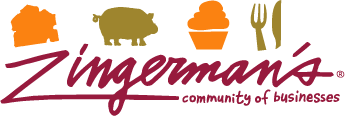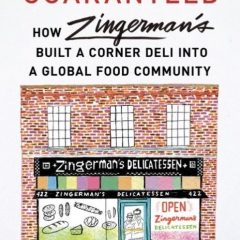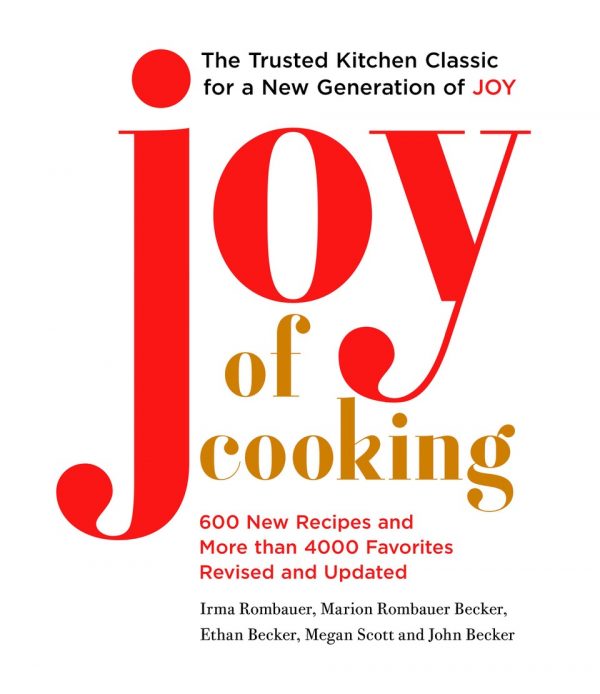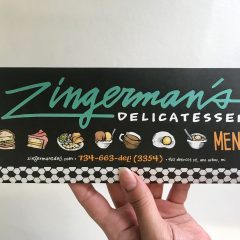
We’re Celebrating Our 40th Anniversary by Giving Back to Habitat for Humanity
We’re matching donations throughout March up to $40,000! We’re celebrating our 40th anniversary on March 15th. If home is where the heart is, clearly our heart is in Ann Arbor. Four decades and eleven businesses later, we have remained and expanded in the area. To recognize the community we’ve called home since 1982, we’re sponsoring […]
Read more »





Zingerman’s Art for Sale